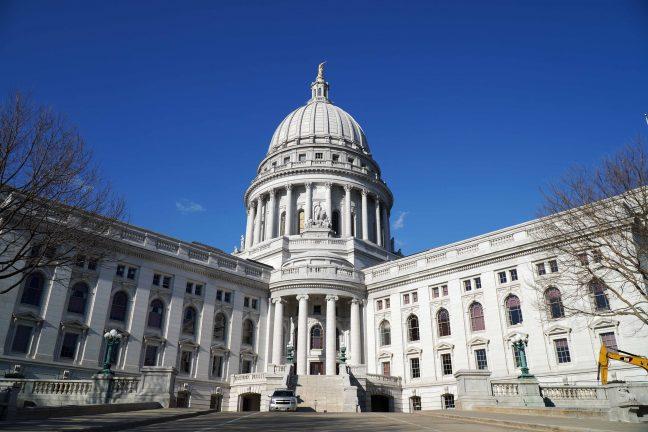The Center for Research on the Wisconsin Economy held a virtual discussion about COVID-19’s impact on Wisconsin’s economy, which included information on the rising unemployment rate and how businesses are struggling to cope with the pandemic.
CROWE Director Noah Williams spoke about data CROWE collected on the Wisconsin economy. Williams said CROWE estimates Wisconsin’s unemployment rate to be 19% — this is the highest rate Wisconsin has seen on record, with records going back to the 1970’s.
Wisconsin’s previous unemployment rate was around 4%, Williams said.
“The number one complaint businesses registered in the state [had] throughout the previous year was difficulty finding people to fill open jobs,” Williams said. “We’ve gone from that to slamming on the brakes.”
Williams said the state has experienced a decline in economic activity which started March 13, with some sectors faring worse than others. Retail sales have overall remained high, but Williams said this is almost entirely due to grocery sales.
Travel and entertainment industries, among others, have seen a decline in economic activity over the last month, Williams said. Additionally, the health care sector has seen a 40% GDP decline since early March, Williams said.
“What you wouldn’t expect for a pandemic and global health crisis is for the healthcare industry to be in trouble,” Williams said. “But we’ve seen increasing reports of health workers being furloughed [and] hospitals running into financial trouble essentially because everything is devoted to emergency care and dealing with this pandemic.”
In the stock market, Williams said the Wisconsin companies fared slightly worse than the rest of the country on average, but that national financial markets overall have declined over the last month. Markets have begun to recover, but Wisconsin markets remain 20% off from where they were in late February.
Williams said Wisconsin markets may have been hit harder than the rest of the nation because manufacturing and agriculture make up a large part of our economic sector, and both areas have struggled during the pandemic.
Data showing movement within the state has shown that not all economic decline can be attributed to Gov. Evers’ Safer at Home order, Williams said.
“A lot of the [economic] change took place before … Safer at Home was introduced, and moreover a lot of the change that took place afterwards could have been a voluntary response,” Williams said.
Williams said when more businesses begin to open up in the state, there will not be an immediate bounce back to the level of economic activity in the state in late February. Williams said this is in part because consumers may not return to businesses right away — many consumers are voluntarily staying away from businesses over COVID-19 fears, and not just because of the Safer at Home order.


